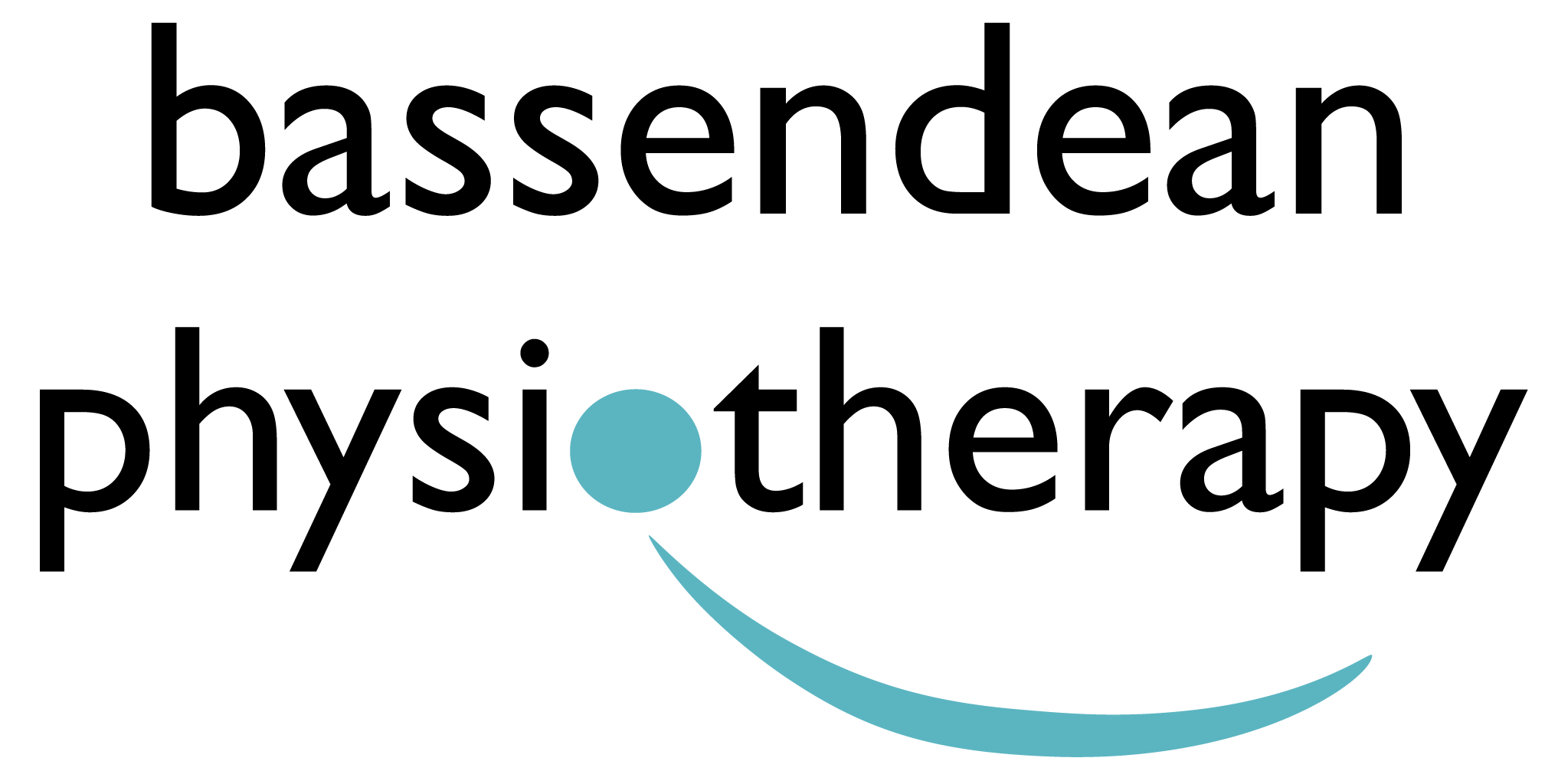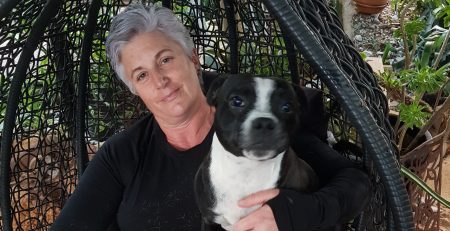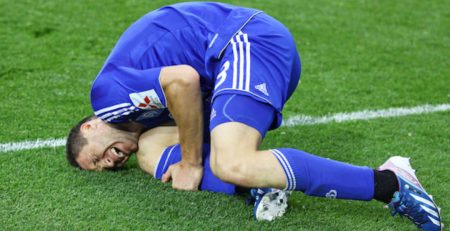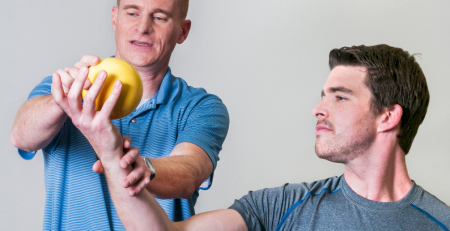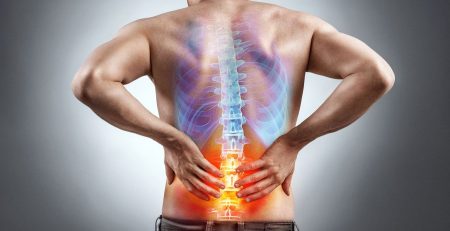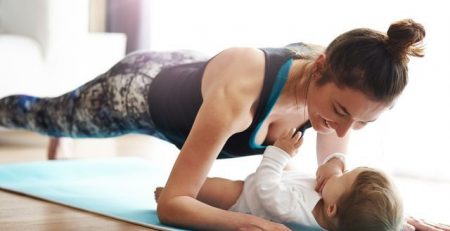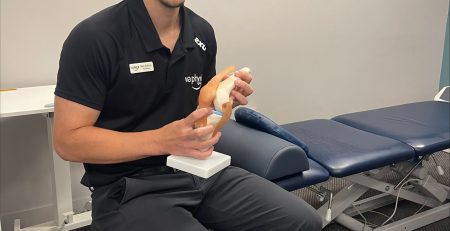Lateral Hip Pain: Causes and Treatments Explained!
This month’s newsletter will be focusing on lateral hip pain, which is often referred to as trochanteric bursitis.
Recent evidence suggests that the primary cause of pain is probably a result of gluteal tendinopathy, rather than from inflammation of the bursa, which may actually be a secondary finding to tendinopathy. Tendinopathy involves changes to the structure of the tendon and breakdown of the collagen integral to the structure of the tendon, resulting in a tendon that is more like a weak spring as opposed to a healthy tendon that behaves like a stiff spring.
Traditionally tendon overload has been considered to be tensile; however compressive load can also play a significant role in the development of tendinopathy. The gluteal muscle group is made up three muscles – gluteus maximus, medius and minimus, all of which are located in your hip region. The smaller two, gluteus medius and gluteus minimus, are the muscles that are commonly involved in gluteal tendinopathy.

Pic: www.yogajournal.com
Gluteal tendinopathy most commonly occurs over the age of 40 and is more common in women than men. Common complaints from someone with gluteal tendinopathy include pain with the following activities: lying on the effected side, walking, standing, ascending/descending stairs and sitting.
Pain is typically located on the outside of the bony part of the hip, which is the attachment point of the gluteal tendons. Similar to other tendon issues, this condition usually develops as a result of tensile overload to the tendon, excessive tendon compression at the point of insertion (attachment to the bone), or most likely a combination of both. Impaired tendon loading may be from long-term over-use or under-use of the tendon. Significant compression of the gluteal tendon occurs when the hip is in a position of adduction – where the thigh moves toward the midline of your body.
Clinically, poor control and/or poor hip posture is commonly observed in those with gluteal tendinopathy. Poor control is commonly due to weakness of the gluteus muscles, whose job is to control the hip during movement particularly while walking.
If these muscles are not working efficiently, there will be increased compression load on the attachment site of the gluteal tendons, which further contributes to tendon pathology.
Education and exercise are recommended by current guidelines as the best way to manage tendinopathy. A recent randomized clinical trial (high level evidence) that investigated the best way to manage gluteal tendinopathy, concluded that education plus exercise leads to greater pain relief and global improvement than corticosteroid use or no treatment after 8 weeks. After 52 weeks, improvement remained higher in the education plus exercise group compared with those who had corticosteroid
injection. Corticosteroid injections are commonly used to help manage tendinopathy, with typically good short term outcomes but poor long term outcomes. The results support current recommended care approaches for tendinopathy, that is education plus exercise are effective management for gluteal tendinopathy.
At Central Bassendean Physiotherapy our Physiotherapists frequently manage people with altered function resulting from tendon pain and love guiding you back to doing the things you value in life. If you suffer from lateral hip pain, please call us today on (08) 9279 7411. We can help you!
Conveniently located in Bassendean, our clinic is within close reach from surrounding suburbs Morley, Eden Hill, Caversham, Bayswater, Guildford, Ashfield, Ascot and South Guildford.
References:
Grimadli, A; Fearon, A. Gluteal tendinoapty: Integrating pathomechanics and clinical features in its management. Journal of Orthopaedic and Sports Physical Therapy, 2016
Cook, J; Purdham, C. Is compressive load a factor in the development or tendinopathy? British Journal of Sports Medicine, 2012
Mellor, R et al. Education plus exercise versus corticosteroid injection use versus a wait and see approach on global outcome and pain from gluteal tendinopathy: prospective, single blinded, randomised clinical trial. British Medical Journal, 2018
Author
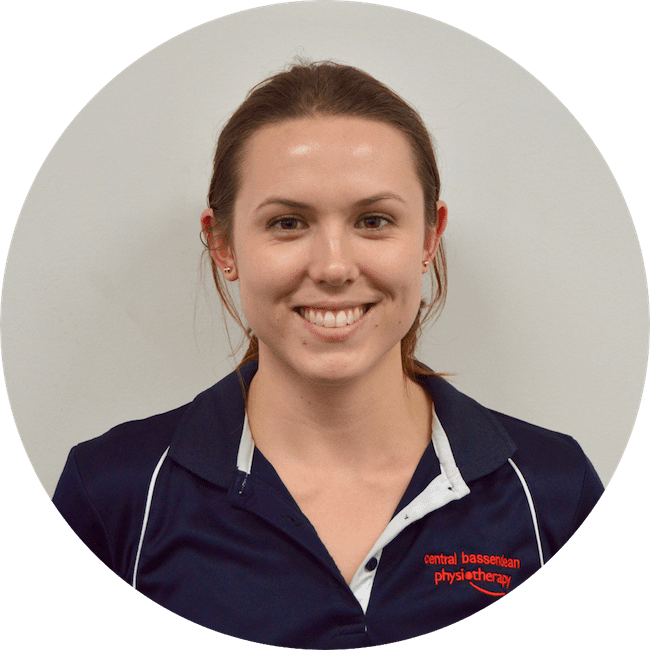
Jezamine Johnson
Physiotherapist |Curtin University 2013
This month’s blog post is by our Physiotherapist Jezamine Johnson.
Jezamine has a keen interest in managing chronic conditions, particularly low back pain, and non-musculoskeletal conditions such as COPD. She also enjoys assisting in rehabilitation of sports people following an injury.
Advanced Education
- Clinical Pilates
- Dry Needling
